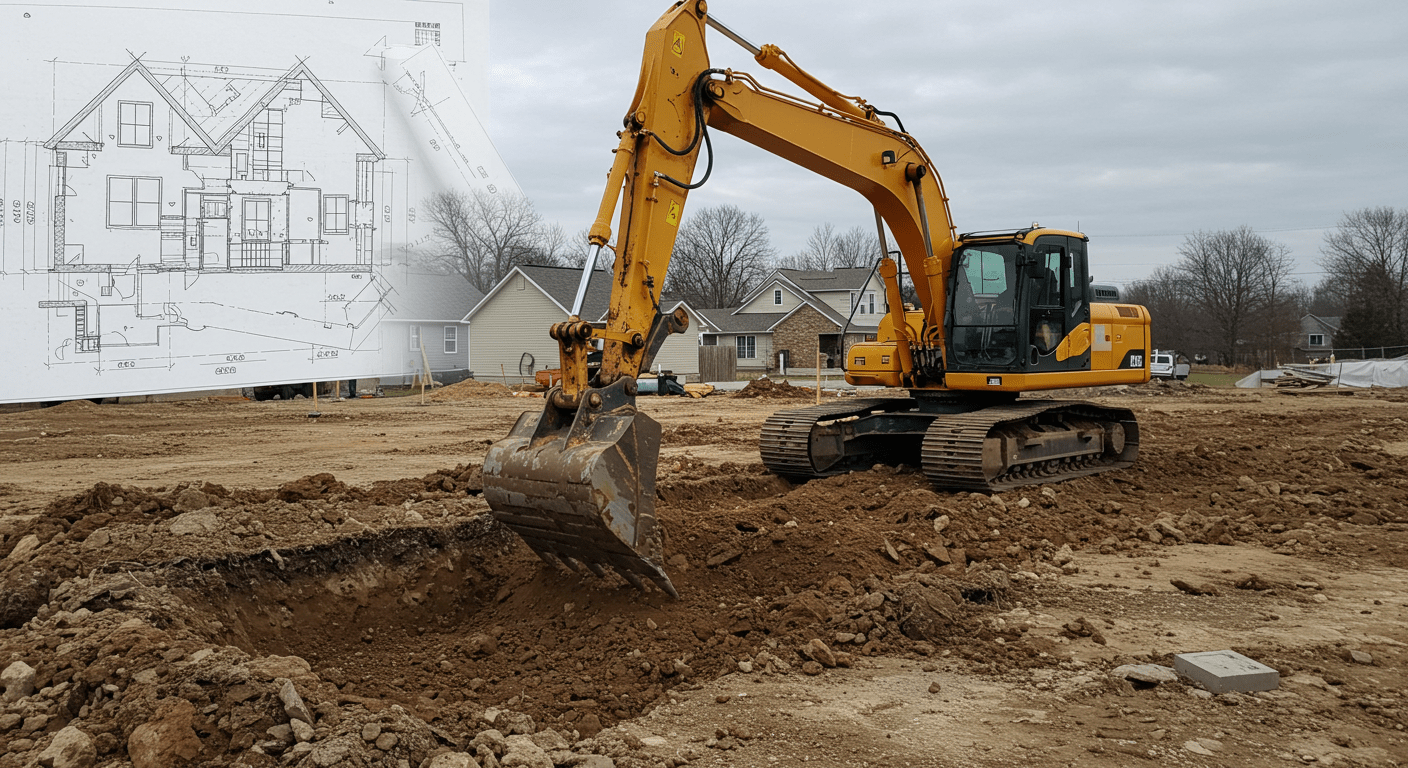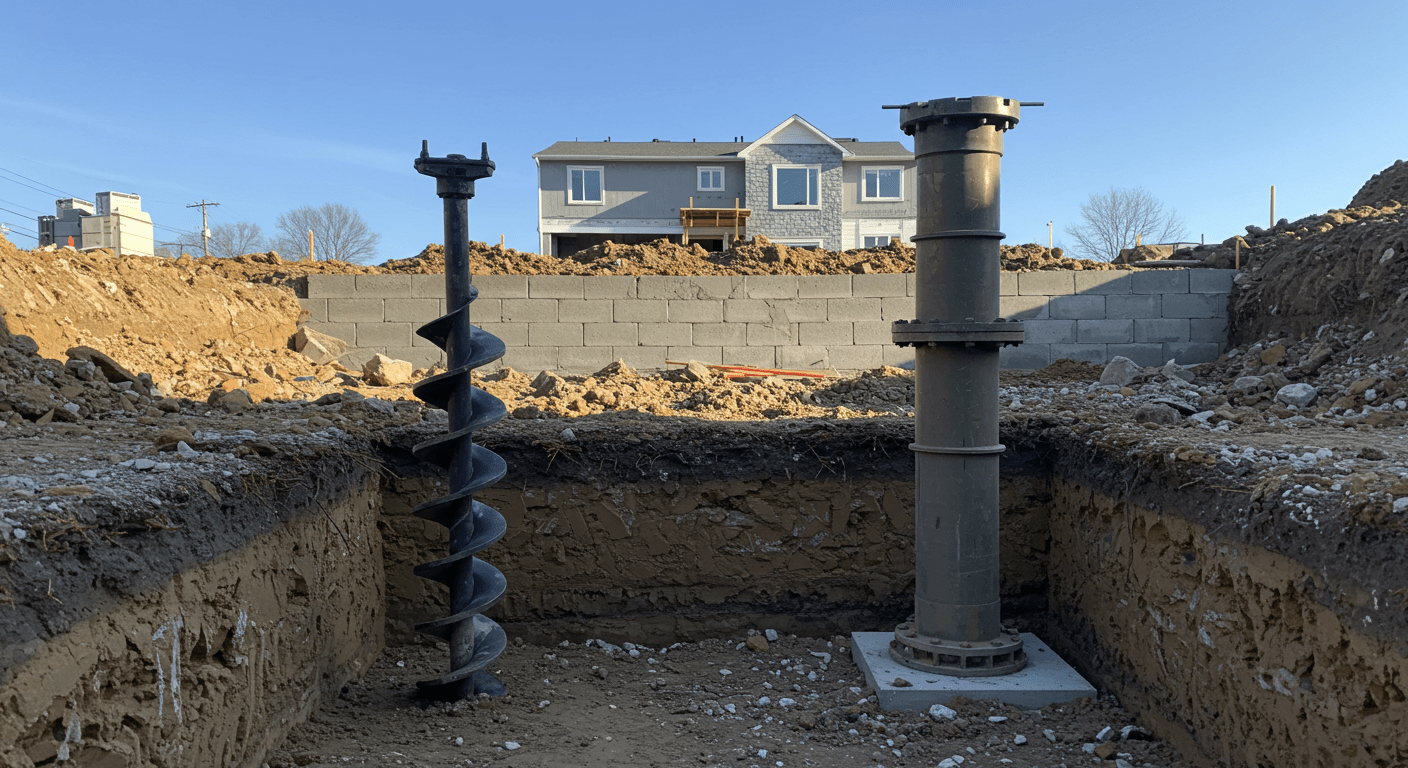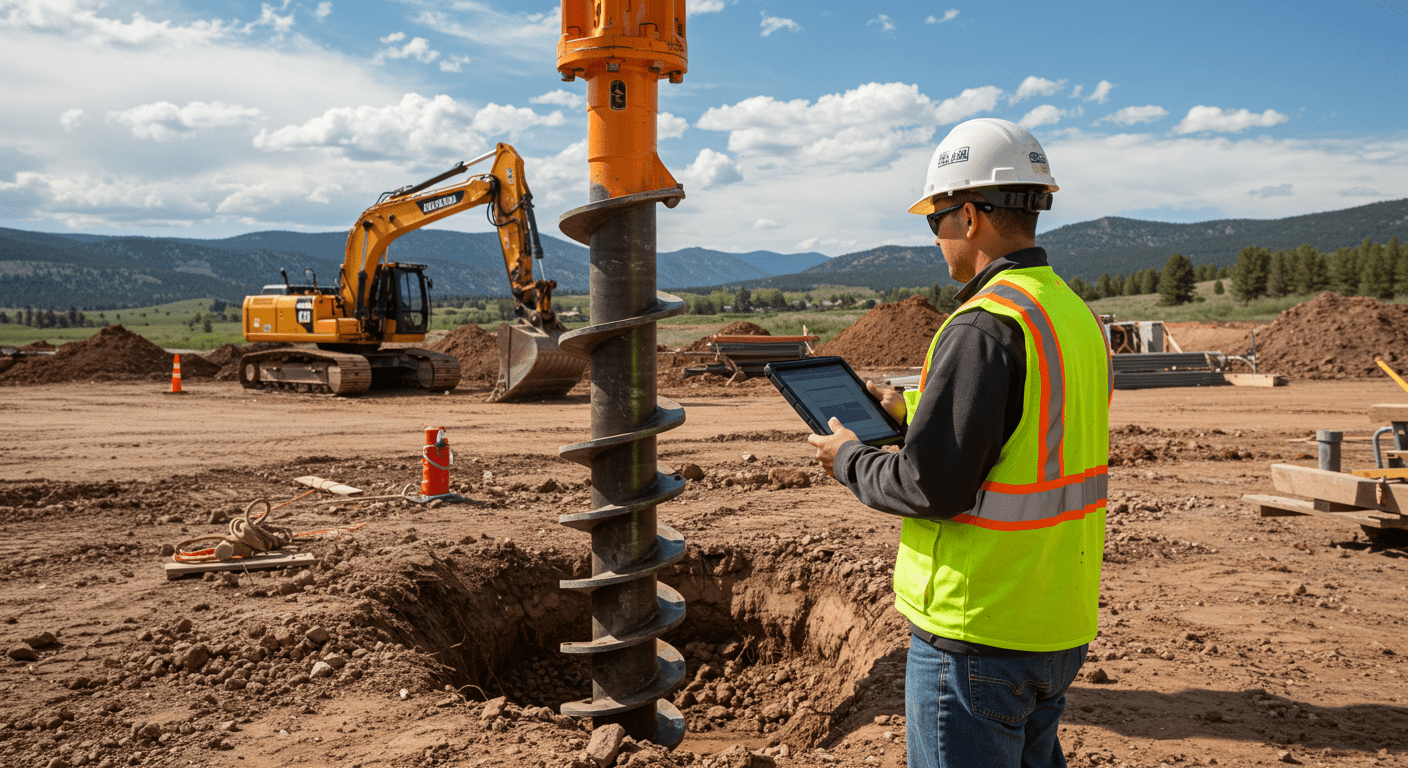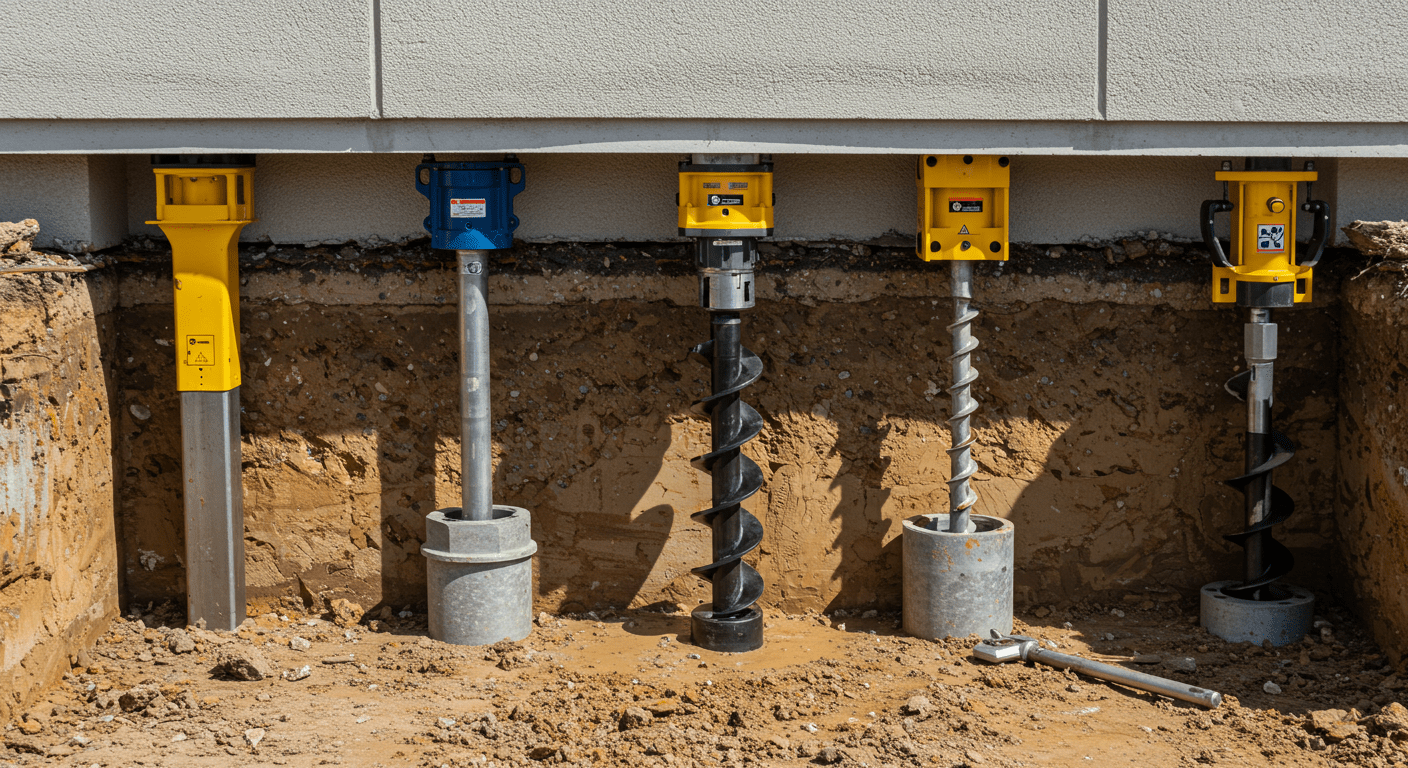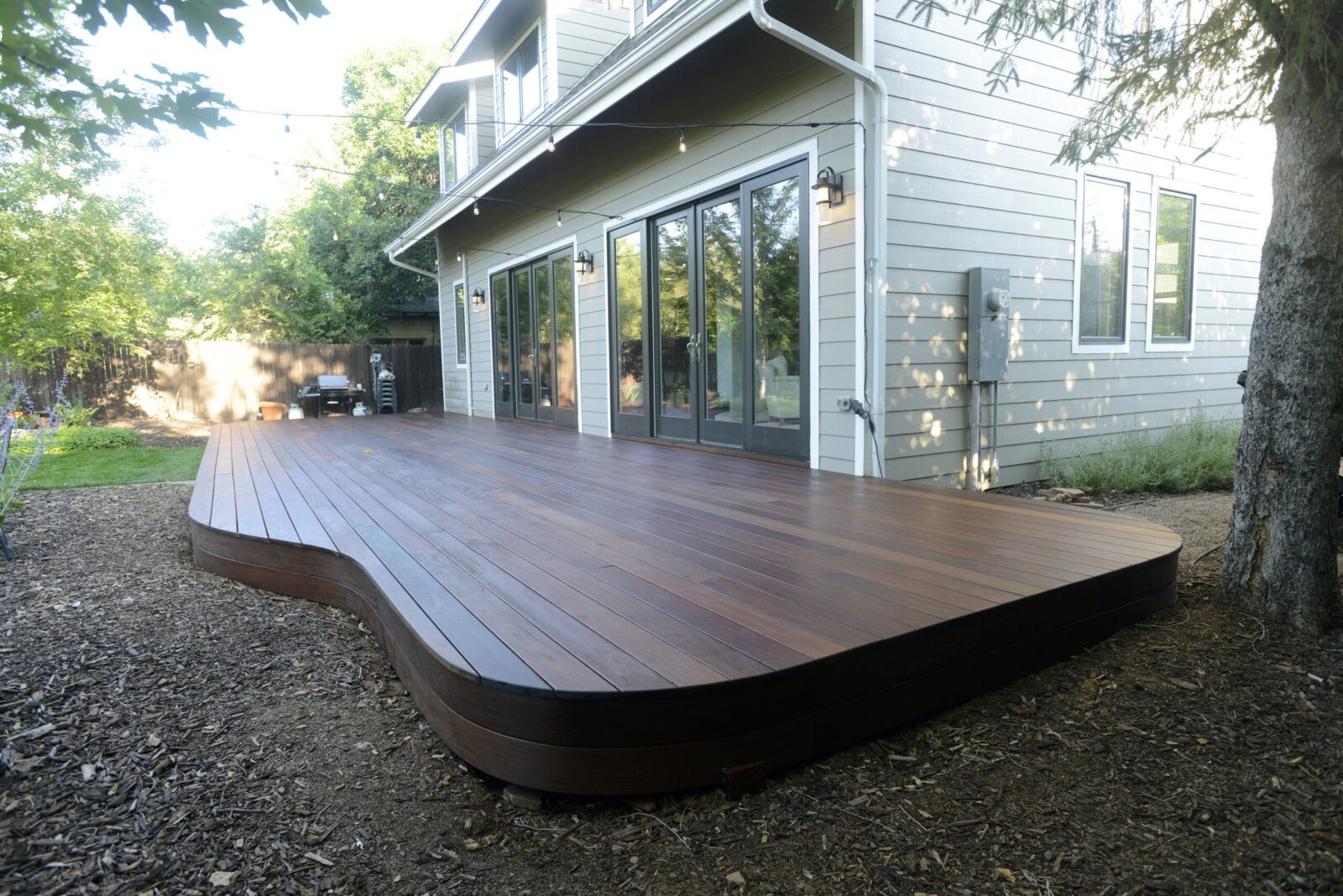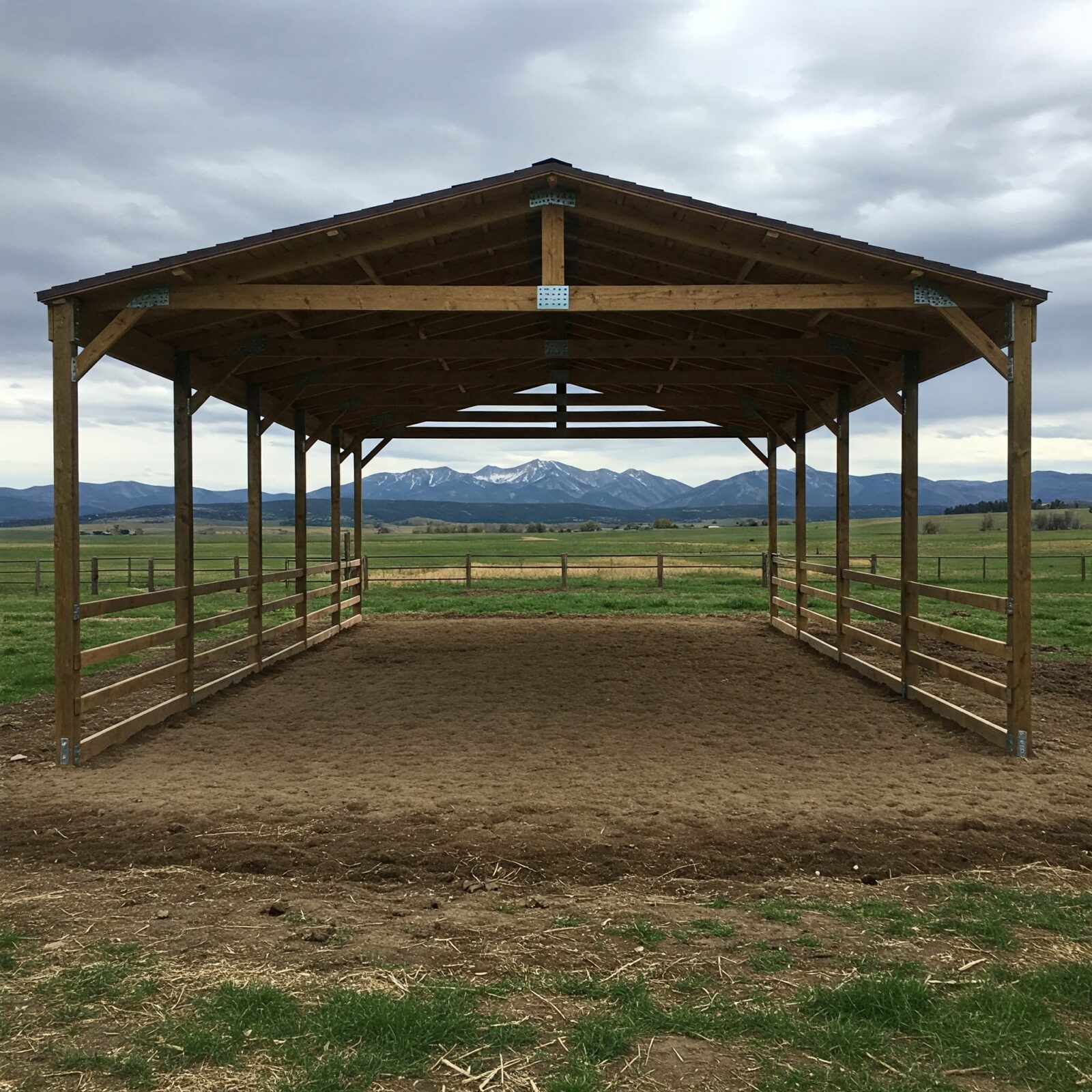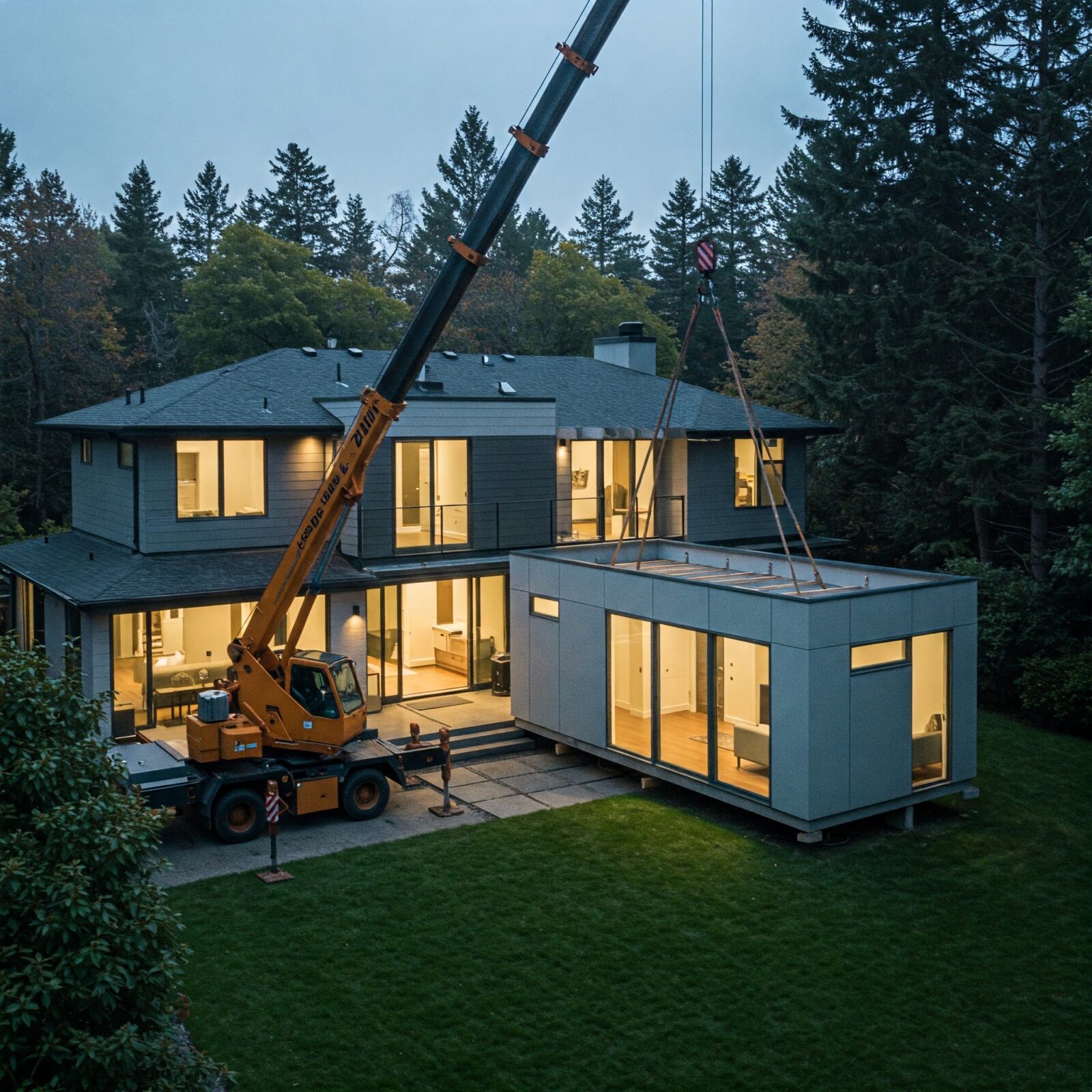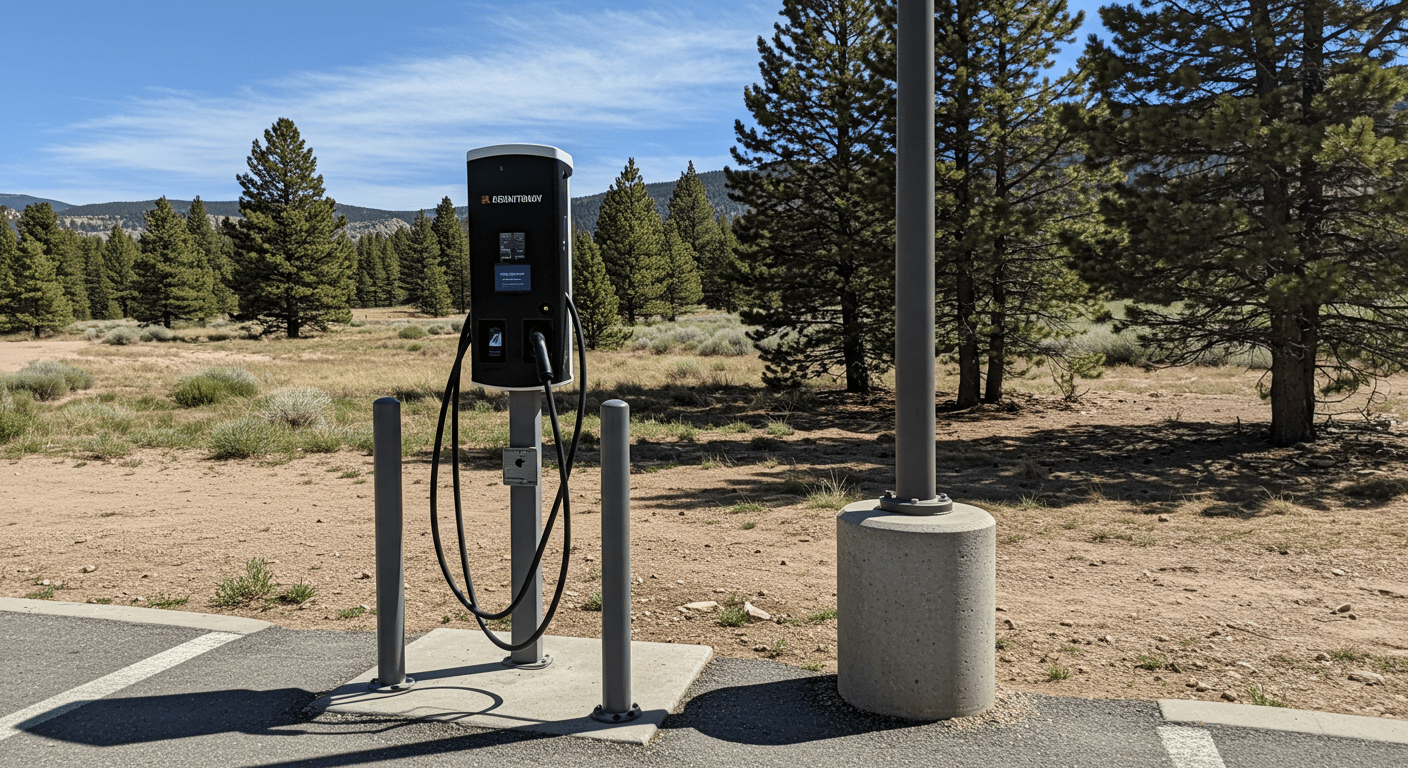Embracing Innovation: The Evolution of Helical Piers
The construction industry has long been reliant on solid, stable foundations to ensure the integrity of buildings and infrastructure. For centuries, builders have experimented with different methods to create reliable foundations that can withstand shifting soils, rising water tables, and the effects of time. One innovation that has radically transformed foundation construction is the helical pier—a method that combines technology, durability, and efficiency to create a strong foundation in a variety of soil conditions.
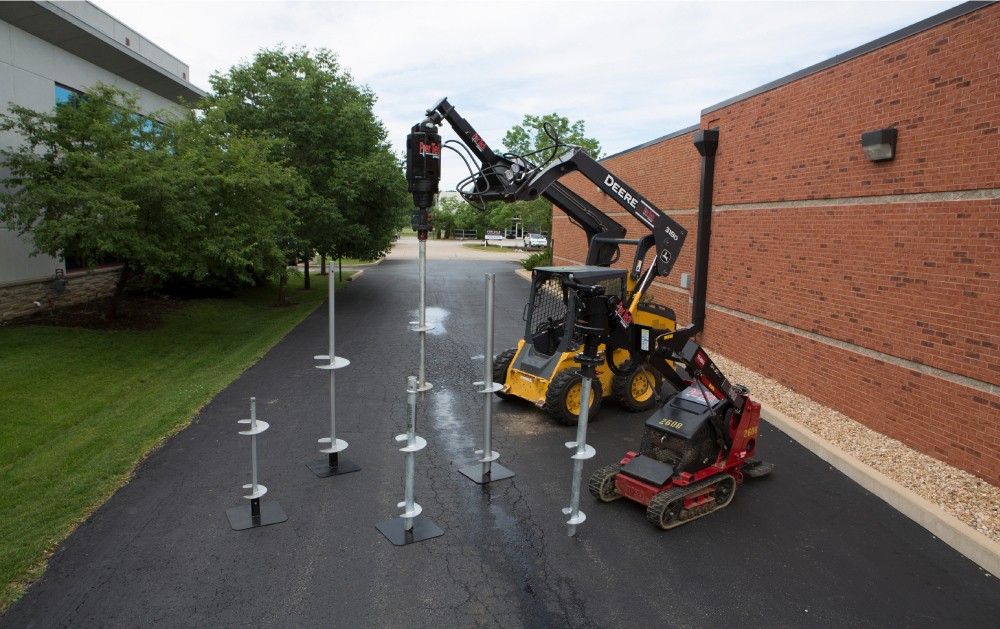
The Birth of Helical Piers: A Historical Overview
Helical piers, also known as helical piles or screw piles, are a relatively recent innovation in the world of foundation support. The concept traces its roots back to the mid-19th century, when engineers first began to explore the use of screw-like mechanisms to anchor structures to the ground.
In 1836, the British engineer Alexander Mitchell is credited with developing the first helical pile. Mitchell, who was working on lighthouse construction in the harsh coastal conditions of Ireland, discovered that screw-like piles could be used to secure a structure in sandy, shifting soils. His invention was a pivotal moment, as it marked the first instance of combining the mechanics of a screw with deep foundation technology.
However, the widespread use of helical piers did not take off until the late 20th century, when the construction industry began to demand more efficient, cost-effective solutions for foundation support. Engineers began to realize the potential of helical piles in residential, commercial, and industrial applications due to their ability to offer stable and reliable foundations without the need for extensive excavation.
The Mechanics of Helical Piers: How They Work
Helical piers are deep foundation systems designed to transfer the load of a structure to deeper, more stable soil layers. These piers are made of steel and have helically shaped blades (similar to a screw) welded to a central shaft. The system works by being “screwed” into the ground using a hydraulic motor, which allows the pier to penetrate the soil to reach a depth with adequate load-bearing capacity.
The process of installation is much less disruptive than traditional foundation methods. Because there’s no need for excavation or concrete pouring, helical piers can be installed quickly with minimal environmental impact. This is especially valuable in areas with limited access or in sensitive environments, such as coastal regions or heavily populated urban spaces.
One of the key advantages of helical piers is their ability to be installed in a variety of soil conditions. From soft, expansive clays to loose sand and rocky terrains, helical piers can adapt to different types of soils and provide reliable foundation support.
Moreover, the load-bearing capacity of the piers can be adjusted depending on the number of helices and the installation depth.
The Benefits of Helical Piers: Why They’re Changing the Game
Speed and Efficiency
Minimal Disruption
Cost-Effective
Longevity and Durability
The Future of Helical Piers
Looking ahead, helical piers will continue to evolve as new challenges and opportunities arise in the construction industry. With the growing emphasis on sustainability and environmental consciousness, helical piers are well-positioned to meet the demands of an increasingly eco-aware market. Their reduced carbon footprint, ability to prevent soil disturbance, and long-term durability make them an attractive solution for environmentally conscious builders.
Moreover, as building designs become more complex and construction sites grow increasingly constrained, the versatility of helical piers will become more important. Their ability to be used in challenging and inaccessible locations will only enhance their appeal as a go-to solution for modern construction projects.
The Future of Helical Piers
Helical piers have come a long way since their invention in the 19th century. From their humble beginnings as a tool for lighthouse construction to their current role as a versatile and efficient foundation solution, helical piers have undergone continuous improvement and innovation.
Today, they stand as a testament to the importance of embracing new technologies in the construction industry. As the demands for faster, more cost-effective, and environmentally friendly construction methods grow, helical piers will undoubtedly continue to be a cornerstone of modern foundation design.

